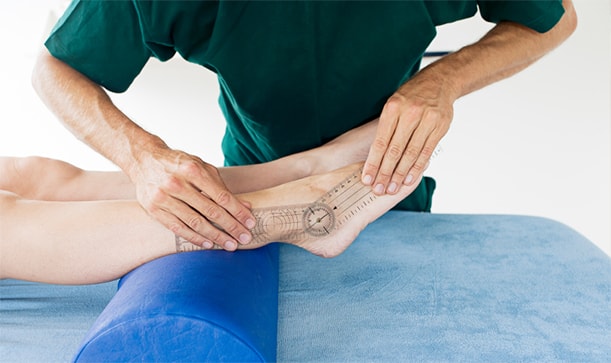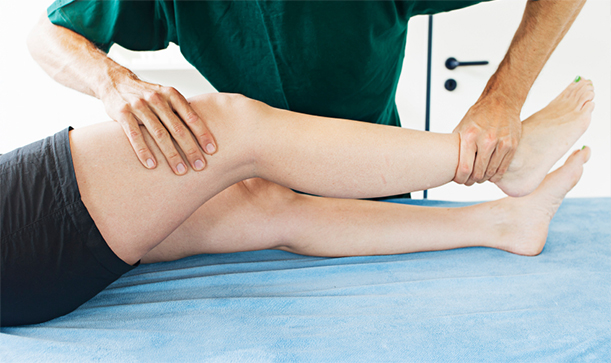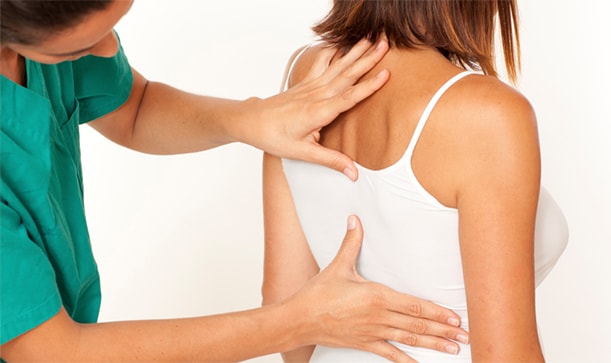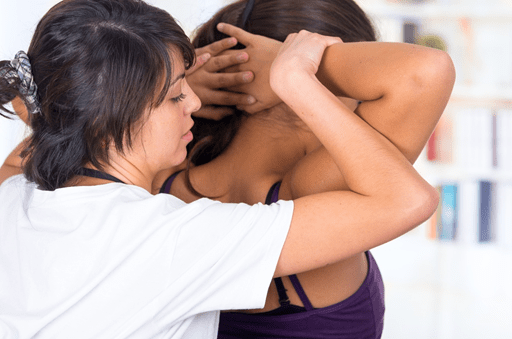CK Physiotherapy
AREAS COVERED
W7, W5, W13, Ealing, West London
57 Elthorne Avenue
Hanwell, W7 2JY
T: 020 8566 4113
M: 079 572 46185
E: info@ckphysio.co.uk
Location / Parking
We are situated in Hanwell, between Boston Manor Road and Northfields Avenue, south of the Uxbridge Road.57 Elthorne Avenue
Hanwell, W7 2JY
There are parking restrictions Mon - Fri 9-10am and 2-3pm. If you need a permit during this time please inform your therapist when you arrive. There are no parking restrictions at other times.
Opening Times
Please phone the number above during working hours to make an appointment. Our reception service will be happy to book your session.
London Underground / Bus Services
London Underground
10 min. walk from Boston Manor Tube Station.
15 min. walk from Northfields Tube Station.
Bus Service
E8, E3, E2, 207, 607, 83
Request Call Back
Our Blog
Essential Tips to Prevent Cycling Injuries from Physio Experts in Ealing
By: BryanKelly (Psst, View author in Google Plus) Date: Apr 16th, 2020Cycling is a fun way to get exercise and to get around, but cycling injuries happen all the time. According to ROSPA, in 2018, 18,477 cyclists were injured in road accidents reported to the police.
This is a small fraction of the injuries that happen, as the majority are not reported to the police. Many cyclists, especially kids, are injured in minor incidents that don't warrant attention.
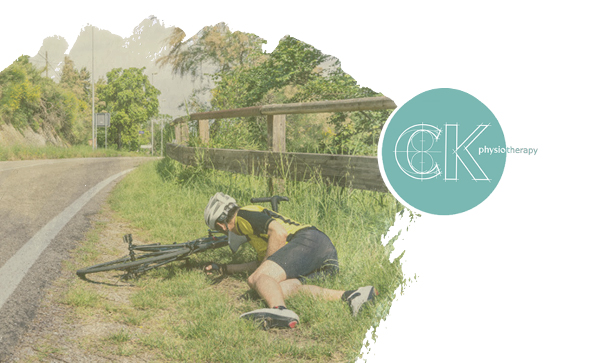
Tips to Reduce the Risk of Cycling Injuries
Which all means that you should take steps to reduce the risk of injury to you and/or your children when hitting the road. Here are some of the most important tips.
4. Follow the rules of the road.
5. Be seen.
6. Keep your bike in good condition.
7. Make sure your saddle fits.
Wear a Helmet
Bicycle helmets reduce the risk of serious head injury by 70%. The helmet must be designed for cycling, not for any other sport or activity; the injury profiles are different across different activities, and helmets are put together accordingly. Make sure that you get a safety-approved helmet and that it fits correctly. The strap must be tight enough to ensure that the helmet does not move if you jump up and down. The helmet should be snug but not annoying (if you get a headache after riding, your helmet is too small; this is a particular risk for children, who may grow out of a helmet). It should sit low on your forehead.
Let kids pick out their own helmets, that way they will be more inclined to wear them. Kids' bike helmets come in a wide variety of colours and designs. Adult helmets should be replaced every five years. Kids are likely to grow out of them before that. Any helmet that is involved in a fall should be replaced. Never buy a second-hand helmet; you don't know if it's already compromised.
Ride Within Your Limits
Many injuries happen when a cyclist (or any athlete) pushes beyond their current fitness level. Nobody can get on a bike and ride the route of the Tour de France. You need to build your fitness up gradually, increasing the length and speed of rides slowly. If you have a new person in the group, step down to their limits.
Don't forget to stretch after every ride, and don't ride if you have a twinge or any sign of pain when you start pedalling.
Check Your Form
Are you riding correctly? Make sure that you have good form on the bike, and teach it to kids from the start (this includes toddlers on play bikes). Follow the following tips:
- Keep your back straight, including when you are not on the bike.
- Make sure your feet are straight if you use pedal clips.
- Keep your grip on the handlebars firm but relaxed.
- Keep your wrists straight.
- Keep your elbows slightly flexed.
- Make sure your saddle is adjusted correctly. Your knee should be almost straight when your pedal is at the lowest position. If in doubt, consult a bike fitter. Your handlebars should be high enough to avoid rounding your back.
Teach your kids how to cycle correctly and make sure you're giving them a really good example. Also, avoid overuse injuries by not staying in one position too long. Do occasional shoulder shrugs and change your grip on the handlebars periodically. A physiotherapist can help you develop your form and give you exercises to improve it and to reduce the risk of overuse injury.
Follow the Rules of the Road
Follow the rules of the road. Never ride against traffic, even if you're riding on the sidewalk. If there is a bike lane, use it. If there is a protected bike lane, thank your local authority and use it. Obey traffic signals and make sure to flag with your hand when turning (make your kids do this too).
Ride in a predictable way and don't dodge in and out of parked cars. Obey all signage, including one-way streets and separation between bike and pedestrian trails. Avoid riding two abreast even if it's legal.
The vast majority of cycling injuries are not caused by collisions with cars, but it's still advisable to do your best to avoid them.
Be Seen
Make sure that other road users can see you coming. Wear brightly coloured clothing and consider a reflective tabard or belt. Have proper, working lights affixed to your bike. Some places have specific laws about lights. Dynamo lights are popular, but make you disappear when you stop peddling; don't use them.
Reflectors on the back of your shoes are a particularly good way to make sure people can see you as moving lights attract more attention than still ones.
Keep Your Bike in Good Condition
Many injuries happen because of some issue with the bike. Check your tyres about once a week if you ride frequently, otherwise before and after your ride. Also check bearings, gears, nuts, bolts. Lubricate your chain and cables frequently. If you aren't happy, go to a bike shop and get it checked. Your bike should be professionally serviced at least once a year.
A broken bike chain can cause a nasty wreck, so pay particular attention to your chain.
Make Sure Your Saddle Fits
Gentlemen, you need to make sure that your saddle is not, shall we say, putting too much pressure on your groin. Make sure that the seat is not too narrow for you, and consider a padded seat or padded cycling shorts.
Wear The Right Shoes
Ill-fitting cycling shoes can cause foot numbness. If you ride regularly, get proper cycling shoes and get them fitted. Don't wear running shoes for cycling; they're designed for completely different pressure and are also likely to slip on the pedals. If you don't ride regularly, then casual shoes will be just fine (cycling shoes are expensive and don't get them for your kids until they have reached their final foot size).
If you get numbness or tingling in your feet or toes, it's likely your shoes aren't fitting properly or aren't working for cycling.
Other Tips from a Physiotherapist to the Cyclists
Finally, here are a few other tips for avoiding cycling injuries:
1. Wear sunscreen on any part of your body that's exposed.
2. If doing long road trips, wear goggles or sports glasses to protect your eyes from dust.
3. Don't wear headphones when cycling, this will distract you from something important.
4. Make sure to fill your water bottle.
5. If cycling alone, tell somebody where you are going and when you expect to be back.
The keys to avoiding cycling injury are to wear a helmet, follow the rules of the road, and never ride beyond the limits of your body. A good physiotherapist in London can both help you develop your form and fitness so that you get fewer injuries and recover more quickly from any you sustain. To find out more about how physiotherapy can help you avoid cycling injuries, contact CK Physio today.
NOTE: In this current COVID19 pandemic, CK Physiotherapy can assess, correct and progress exercises, give advice and show you alternative techniques you can use at home to self-massage and manipulate. Face to face physio appointments will now be available following guidance from Public Health England (PHE) and the Chartered Society of Physiotherapy (CSP).

